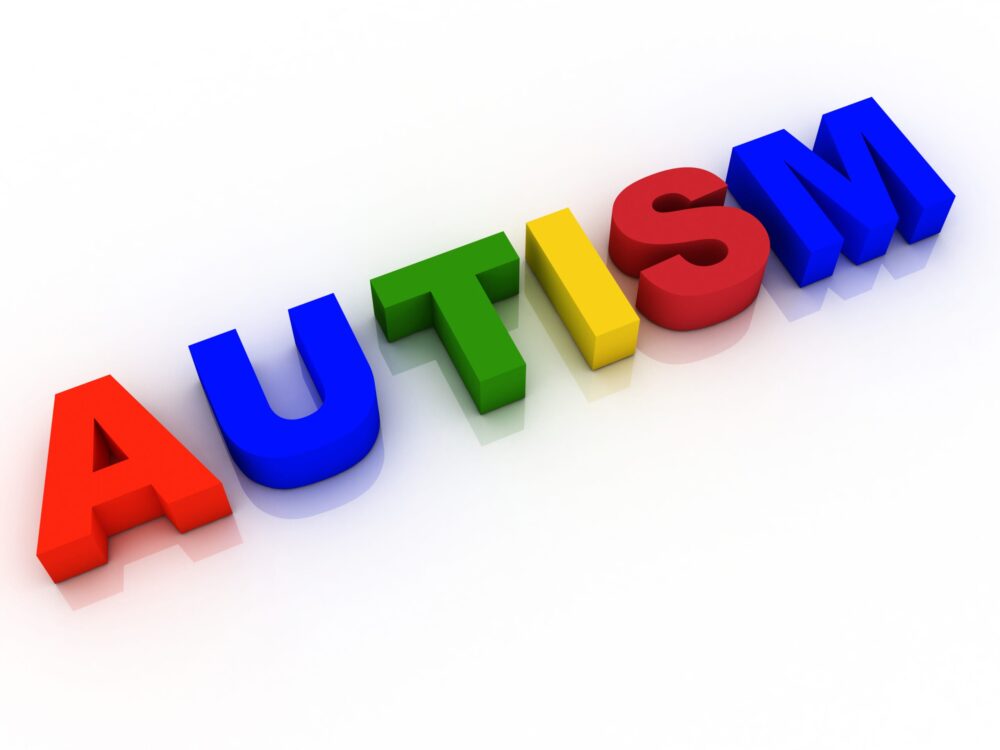Diana Hudson argues that clear, straightforward language can help autistic students shine.
Students who are on the autistic spectrum (ASD) may be intelligent and articulate, but they often struggle to understand what a question is asking, either verbally or in writing. Their interpretation tends to be completely literal, and for them there is usually only one correct response.
This literal interpretation and response to a question was illustrated In an interview with the environmental campaigner Greta Thunberg who is on the autistic spectrum Amol Rajan asked his usual final quick-fire question “The person you would most like to meet who is dead?” Greta immediately replied “I wouldn’t want to meet a person who is dead.” For her, the question was pointless, slightly ridiculous and clearly had one answer.
Students with ASD can fail to understand idioms, and the English language has a lot of them. So pull your socks up or until the cows come home may make no sense. Idioms can be looked up on line, or there are helpful books which explain their meanings and indicate how acceptable or offensive they are.
When it comes to exam questions, ASD students often need training to learn how to interpret questions and work out how they should respond. Leader words such as describe, explain, compare, evaluate, analyse should be carefully explained with the type of response that is expected. How much detail is required can generally be gauged from the mark allocation. It is clear and easy to follow the general rule of one mark for each point made. However, it needs to be clearly explained how marks are allocated within questions. For some questions such as ‘evaluate the data’ it is important to stress that they will be expected to present both sides of an argument even if one is contrary to their own conclusion. This may be especially difficult for ASD students because they will tend to have one firm viewpoint.
Many autistic students find maths and science subjects much easier than more open arts subjects especially English language and literature. Science has measurable outcomes and only one correct answer. I supported one ASD student who regularly scored badly in creative writing as she felt that she had ‘answered the question’ in a couple of paragraphs. It helped her when we introduced the idea of including the five senses to enhance her descriptions. So she tried to include what she could see, hear or feel like? Was it cold or hot? Did it make her happy or sad? This helped to give a tangible method of expanding her writing. Her style was still somewhat stilted. but she was able to obtain higher marks and a GCSE pass.
English literature is even harder to interpret for autistic students. One student said to me that it was a complete waste of time reading Romeo and Juliet as the plot is outlined in the prologue and it was a ridiculous story anyway. Literature is peppered with metaphors and similes which are difficult to understand and interpret for literal thinkers. They need a great deal of help with interpretation.
Clearly, there is a need to make sure that all students are able to understand and interpret questions correctly in order to answer fully and do justice to their ability. If they cannot comprehend the meaning of the question there will be no chance of answering it well. The Joint Council for Qualifications (JCQ) exam regulations in some cases allow Autistic students extra time in exams or occasionally they may be permitted to have an interpreter to rephrase a question so they can decipher the meaning. But maybe it is not extra time that is needed, but clearer exam questions. It’s time to stop beating about the bush.

Diana Hudson
Diana Hudson is the author of Specific Learning Differences What Teachers Need to Know2nd edition April 2024, Jessica Kingsley.
https://shorturl.at/hijGY













































